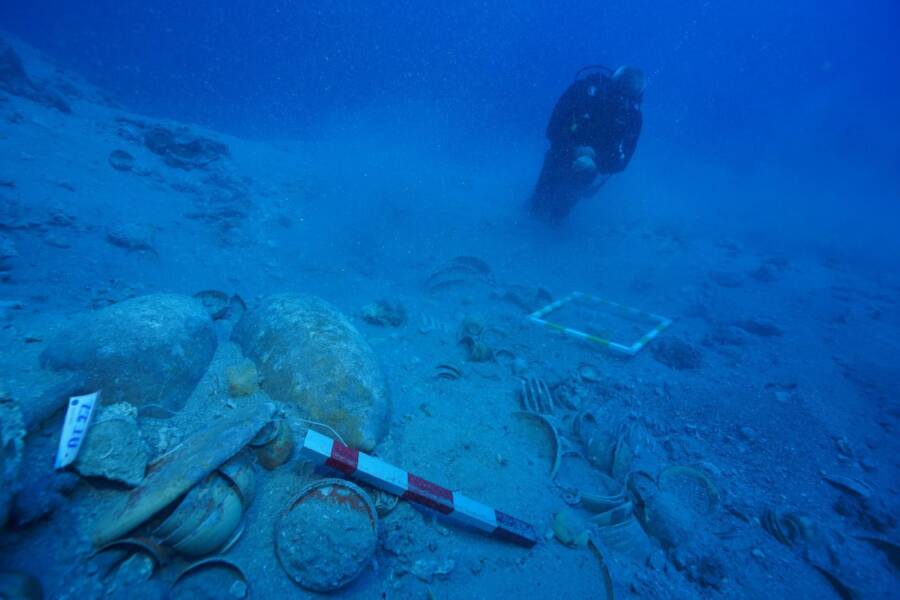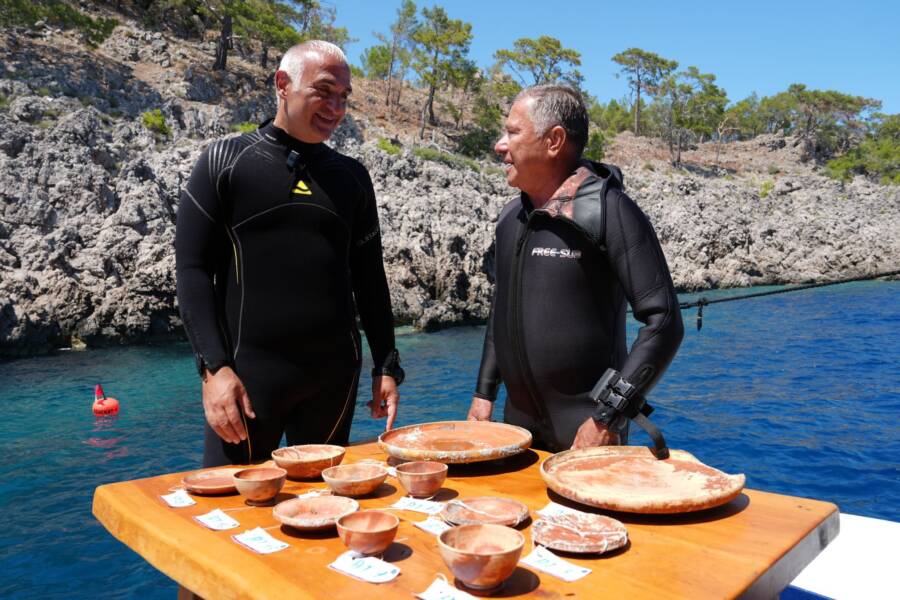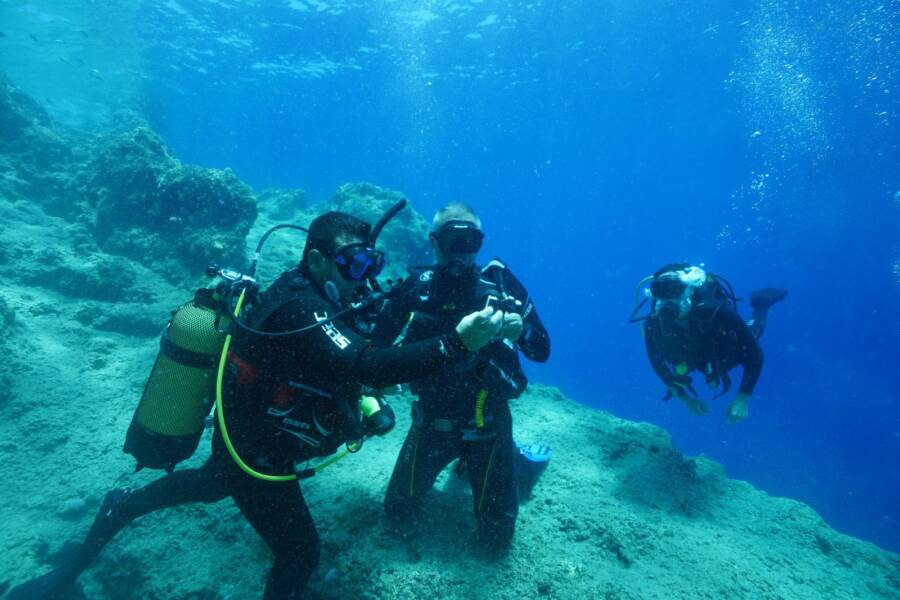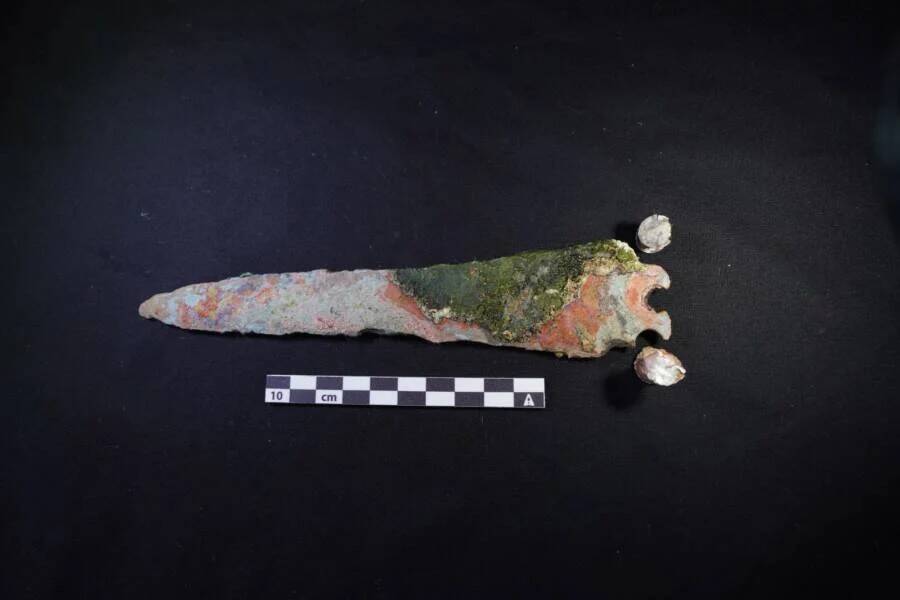Secrets Unveiled: Divers Discover Intact Ceramics Frozen in Time on 2,000-Year-Old Turkish Shipwreck
Ever stumbled upon a pile of ancient bowls, plates, and pots underwater and thought, “Wow, how on Earth did their designs survive 2,000 years without turning into soggy mush?” Well, near the coast of Adrasan, Turkey, archaeologists cracked open that mystery by discovering a Late Hellenistic–Early Roman shipwreck loaded with nearly pristine ceramics. These aren’t just any old dishes; they were smothered with a special raw clay layer that acted like the ultimate ceramic superhero cape, preserving the intricate patterns as if time just hit pause. Talk about ancient packaging goals! Imagine being a ceramic artist back then, knowing your art might swim through stormy seas but still come out looking sharp. It’s like the world’s oldest pottery Instagram story—just underwater and without the filters. Intrigued? Dive deeper into this fascinating find and the ingenious method behind it. LEARN MORE
These bowls, plates, and pots still had their designs intact, thanks to a one-of-a-kind technique in which they were coated in a protective layer of raw clay.

Turkish Ministry Of Culture And Tourism/FacebookThe wreck had been sitting 150 feet beneath the sea for roughly 2,000 years.
Near the coast of Adrasan, Turkey, archaeologists recently found hundreds of astonishingly well-preserved ceramic artifacts at the site of a 2,000-year-old shipwreck.
The shipwreck, dubbed the “Seramik Batigi” or “Ceramic Shipwreck,” sits near the city of Antalya and dates back to the Late Hellenistic–Early Roman period, reported Türkiye Today.
Turkey’s Minister of Culture and Tourism, Mehmet Nuri Ersoy, took part in the recent dive as part of the Heritage for the Future project, which aims to uncover more of the country’s rich history.
The Incredibly Well-Preserved Ceramics At Turkey’s “Seramik Batigi” Shipwreck

Turkish Ministry Of Culture And Tourism/FacebookArchaeologists believe the ship was transporting ceramic goods when it met its fate 2,000 years ago.
The term “shipwreck” conjures images of wholesale devastation and destruction, but this particular find defies that image. Located about 120 to 150 feet underwater, the ceramic artifacts from this shipwreck are almost perfectly preserved.
Archaeologists believe the ship was used to transfer and deliver these ceramics 2,000 years ago.
The majority of the artifacts were plates, trays, bowls, and other dishes. They were stacked on top of each other and then covered in protective layers of raw clay, a unique strategy not seen elsewhere at this scale.
“Thanks to this method, the ceramics have survived nearly intact, with even their designs remaining clearly visible,” Ersoy told Türkiye Today.
Perhaps no other shipwreck has yielded ceramics that are so well preserved. Additionally, the ceramics were all found in their original traveling positions, giving archaeologists a look into how they would’ve been stored, produced, and packaged thousands of years ago.
Other Ancient Shipwrecks Uncovered In Turkey In Recent Years

Turkish Ministry Of Culture And Tourism/FacebookThe divers were joined by the Minister of Culture and Tourism Mehmet Nuri Ersoy while looking for ceramic artifacts.
This dive was part of a larger project within the Ministry of Culture and Tourism, called Heritage for the Future. The project aims to increase both the output and public profile of Turkish archaeology.
From the ancient city of Patara to the city of Mersin, archaeologists have identified more than 400 different shipwrecks. Thanks to the new heritage project, work is being carried out year-round to excavate and research these sites.
The newly-explored shipwreck at Adrasan isn’t the only one to contain strikingly well-preserved artifacts. In 2024, a sunken ship was found in the northern Aegean Sea, similarly containing thousands of ceramic artifacts. It holds the distinction of being the largest-known ancient plate cargo ever discovered in the Mediterranean Sea, containing 10,000 stacked plates.
Ceramics aren’t the only thing archaeologists have found in these wrecks. Some boast artifacts from elsewhere in the Mediterranean and Europe.

Turkish Ministry Of Culture And TourismThis Minoan dagger was found in a shipwreck in Turkey in 2024.
A shipwreck discovered in 2019, also found near the city of Antalya, was determined to be 3,600 years old. It held a Bronze Age Minoan dagger and is considered one of the oldest shipwrecks in the world.
Another shipwreck, which was the victim of a storm some 1,100 years ago, was found near Turkey’s Besmi Island. Archaeologists believe this ship was transporting olive oil after finding a number of amphorae and some intact olive seeds dating back to the 9th and 10th centuries C.E.
Now, Turkey is planning to build a Mediterranean Underwater Archaeology Museum to house the artifacts and other discoveries from these shipwreck explorations. While the project design has been completed, it is unclear when the project will begin construction.
For the time being, the artifacts from the “Ceramic Shipwreck” have been sent to Turkey’s Regional Restoration and Conservation Laboratories to be preserved and studied.













